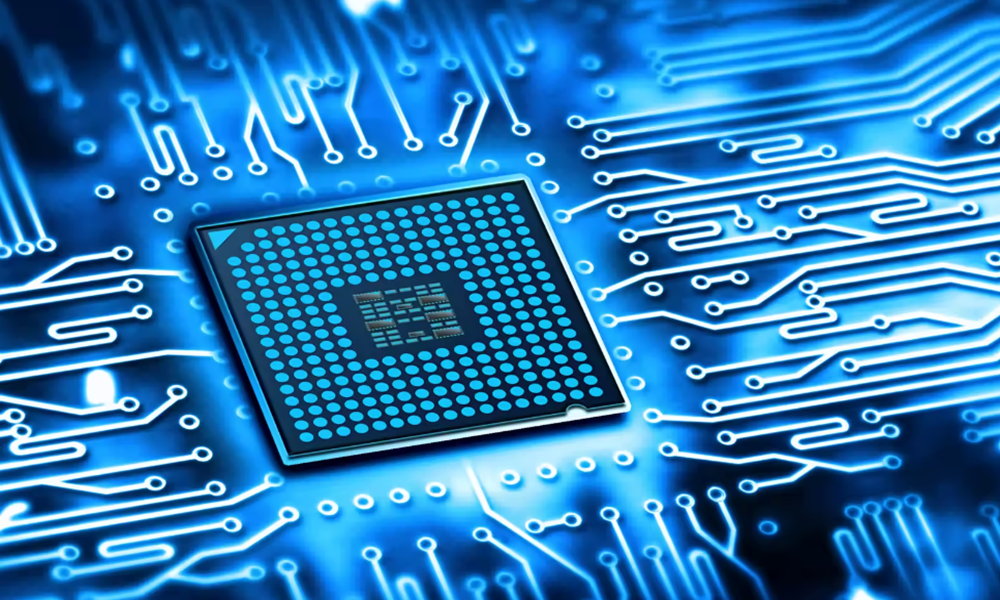Intel Lunar Lake, Goodbye Hyper-Threading?
- February 19, 2024
- 0
Hyper-Threading is a simultaneous multiprocessing technology that Intel debuted at the beginning of the century in its processors, first in the professional Xeon series and then in the
Hyper-Threading is a simultaneous multiprocessing technology that Intel debuted at the beginning of the century in its processors, first in the professional Xeon series and then in the

Hyper-Threading is a simultaneous multiprocessing technology that Intel debuted at the beginning of the century in its processors, first in the professional Xeon series and then in the client segment with the Pentium 4. For several months now, specialized sources have pointed to a downloading this technology and now we’re getting another signal going in that direction.
A leaked Windows Task Manager image that apparently lists a next-gen Intel processor (Lunar Lake) Does not include Hyper-Threading. The “A1” CPU designation indicates that this is an initial engineering sample, but it should still distinguish between physical and logical cores, which is not the case. Is Intel preparing changes in the design of its processors?

In case you get lost with these very technical issues, you say this technology makes it possible the physical core executes two instructions simultaneously in parallel. And that’s why when we announce the specifications of processors, we say they have, for example, 8 cores and 16 threads (threads). Its operation is transparent at the user level, although operating systems and applications must support symmetric multiprocessing.
Intel released it in 2002, and AMD, while trying other techniques, eventually followed the strategy and most of its processor line has simultaneous multithreading. It should be noted that this technology can save cost, size and complexity in chip design and manufacturing, but it is not a panacea.
Although it depends on the type of specific task to be performed, according to Intel’s tests, the logic core adds an estimated performance increase of up to 60%. I.e two physical cores will always offer higher performance than Hyper-Threading composed of a physical core and a logical core.
Note that Intel has always had models in its catalog that do not use Hyper-Threading, such as the basic N series. Moreover, since the advent of hybrid designs, where cores for high-performance tasks are combined with others that seek energy efficiency, only the former have this simultaneous multithreading technology.
Is this Hyper-Threading over? Intel hasn’t confirmed this, but signs point to this scenario. A few months ago a screenshot of the Arrow Lake-S processor (the next generation for desktops) was shown, and now we have another one for the Lunar Lake notebook platform.

We insist that performance-wise, two physical cores will always be better than just one with Hyper-Threading. The question will be knowing the cost of each and the impact on the price at the time of purchase by the end customer.
Source: Muy Computer
Donald Salinas is an experienced automobile journalist and writer for Div Bracket. He brings his readers the latest news and developments from the world of automobiles, offering a unique and knowledgeable perspective on the latest trends and innovations in the automotive industry.